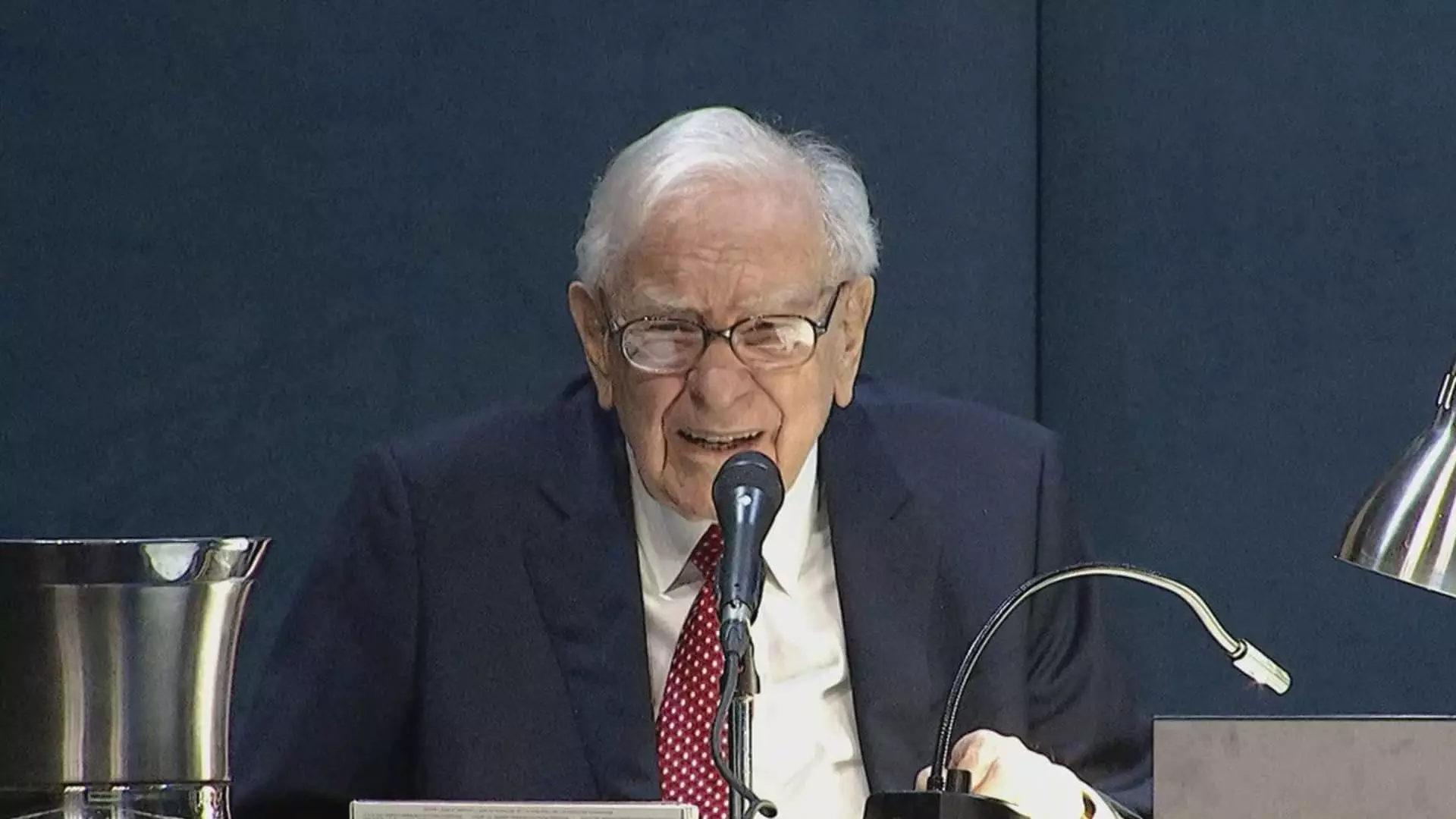Warren Buffett, the sage of Omaha, has sparked fresh conversation in the investment world by doubling down on Japanese stocks while significantly divesting from U.S. equities. This change in investment strategy is not just a casual shift; it could indicate deeper sentiments about market dynamics and the economic future in the United States. Buffett’s Berkshire Hathaway has increased its stakes in five major Japanese trading houses, now holding between 8.5% and 9.8% in each. The implications of this strategic move can’t be overstated—Buffett believes that Japan offers an investment landscape that aligns closely with Berkshire’s ethos of sustainable growth and profitability.
Buffett’s decision marks a growing affinity for Japan’s “sogo shosha,” which closely resembles Berkshire’s operational strategy. The trading houses are involved across various sectors, demonstrating a diversification model that Buffett seems eager to embrace. As he stated in his 2024 letter, this long-term commitment suggests a careful calculation rather than a simple trend-following behavior. The wisdom of investing in environments that reflect your values—profoundly rooted in sound management and solid capital allocation—is a principle that Buffett has always advocated.
Hedging Against Financial Uncertainties
In shifting focus to Japan, Buffett appears to be seeking a hedge against growing uncertainties in the U.S. financial landscape, characterized by rising interest rates and fluctuating stock markets. The fact that he has now committed to exceeding an initial investment ceiling indicates a level of confidence in the Japanese economy that many American investors may overlook. By strategically selling Japanese debt to counterbalance currency risks, he underscores his adeptness in navigating complex financial landscapes. This move may not only provide Buffett with a more substantial cash yield but also position Berkshire to capitalize on the long-term economic stability of Japan.
Consider this: while the U.S. struggles with inflation and potential recession, Japan is making efforts to reform its economic structure, creating a more favorable environment for investments. Buffett’s enormous $23.5 billion valuation of his Japanese holdings speaks volumes; it signifies his expectation of consistent returns in a world where volatility is becoming the norm.
Strategic Relationships and Management Confidence
Buffett’s admiration for the management teams of the Japanese firms he has invested in cannot go unnoticed. He has rounded off his strategy by forming relationships that may have long-term implications, demonstrating a commitment to partnership that speaks to a more comprehensive understanding of business dynamics. These relationships are built on trust, management quality, and potential for growth—essential factors that Buffett takes seriously.
His engagement with these firms, further evidenced by his personal visit with Greg Abel to Japan, reflects a proactive approach that contrasts sharply with the more passive investment strategies of many. The preferential focus on leadership quality over mere numerical valuation demonstrates a key aspect of Buffett’s long-standing investment philosophy.
While some might view this as a controversial pivot in an ever-volatile market, it may well represent a pathway to more resilient, diversified investment portfolios. For those willing to follow in Buffett’s footsteps, the essence of his strategy offers a compelling lesson: invest where management is robust, growth is sustainable, and the economic outlook is optimistic, regardless of the geography.

